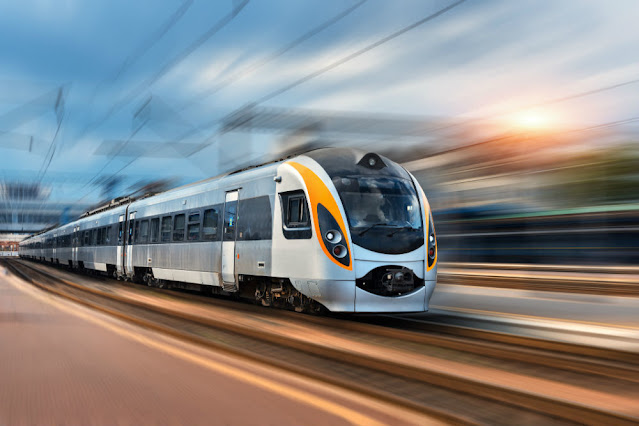Smart Railway Market - Statistics, Growth, Covid-19 Impact and Smart Trends
The smart railway is a technologically enhanced technique to efficiently manage railway operations by sharing rail data across rail infrastructure components such as passengers, control centers, ticketing departments, and freight. The Internet of Things (IoT), big data, cloud, analytics, artificial intelligence (AI), global positioning system (GPS), and machine learning (ML) are all used in Smart Railway to make rail operations more efficient and precise. The expansion of digital infrastructure and the demand for automated and autonomous rail operations are propelling the worldwide Smart Railway Market forward. The majority of railways are run by government agencies, and smart technology acquisition and installation are done through contracts and agreements. The fundamental approach used by market participants in the smart railway business is to win these contracts or agreements.
The COVID-19 health issue has had a severe effect on overall activities, and the containment measures that followed have resulted in long-term financial and economic difficulties. This large drop has had a negative impact on rail transportation providers' revenue streams, and some service providers are requesting federal assistance to restore service. After the nations' lockdown limitations were lifted, transportation activities were partially reopened around the world, with rigorous usage limits. In the second half of fiscal 2020, the majority of market players in the Smart railway market experienced severe effects on their company operations and financial results. As a result of the financial losses, the focus has shifted to operational activities rather than new investments. As a result of the drop in ridership and passenger health concerns, the COVID-19 outbreak has had a substantial influence on the entire market for smart railways.
Rapid urbanization along with local commuting requirements, an increase in the demand for passenger and freight capacity, an increase in the number of railway projects around the world, and a shift in passenger payment patterns are likely to propel the global smart railway industry forward. During the projection period, however, high installation costs and infrastructural upgrades to the existing system are projected to limit the market growth. Changes in ridership projections and entering into contracts/agreements with train operators for business expansion, on the other hand, are expected to provide lucrative chances for market expansion in the near future.
The Smart Railway Market is divided into three categories: system, offering type, and geography. The market is divided into passenger information systems, rail and freight operations management systems, smart safety and security monitoring systems, rail communication and networking systems, smart ticketing systems, rail analytics systems, and others, depending on the system. It is divided into solutions, components & devices, and services based on the offering type.




Comments
Post a Comment